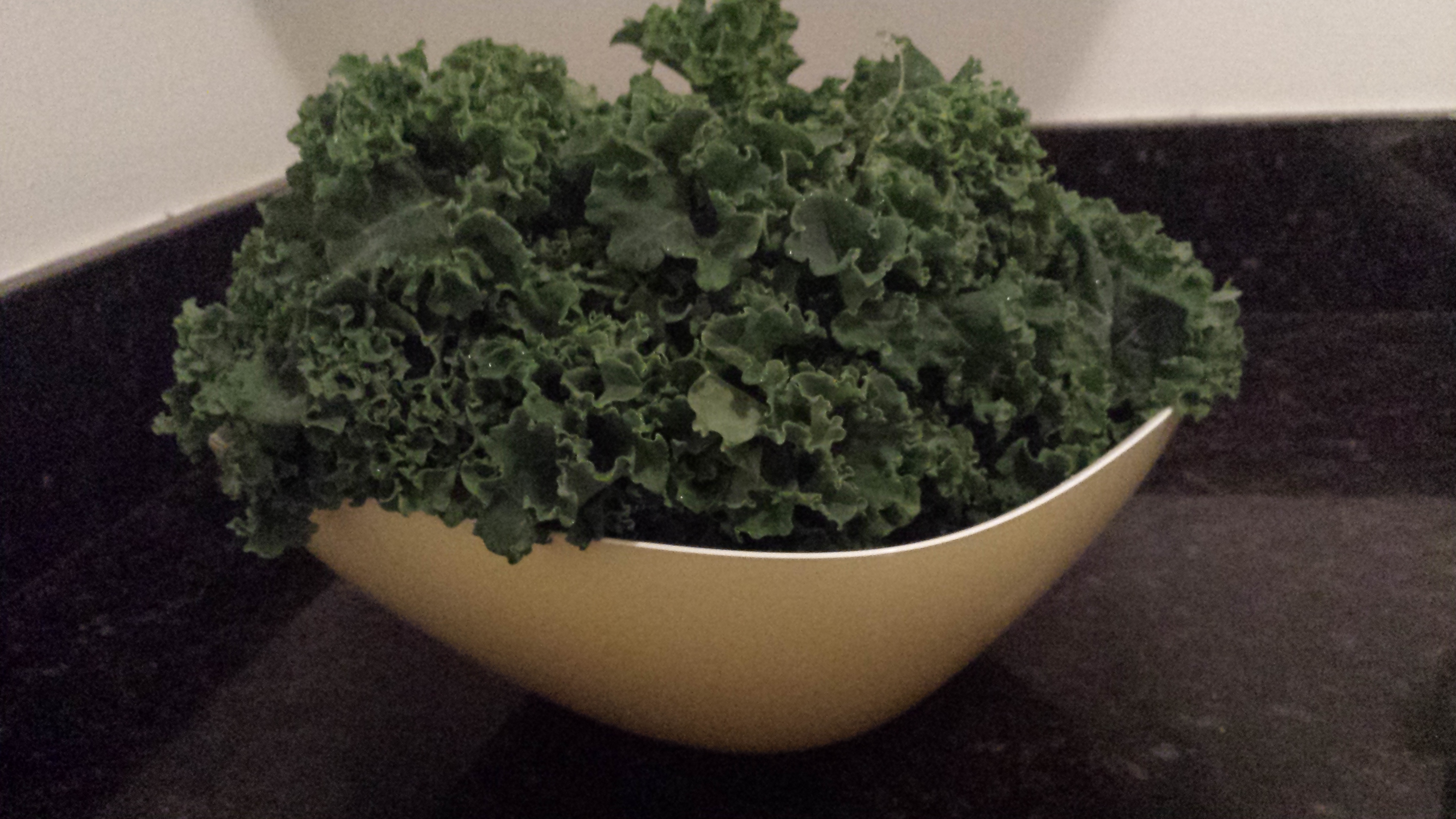
If you follow the latest health trends, you know that kale is viewed as a superfood vegetable that everyone should eat daily. So why would I even say that kale is not so good for you? Well, here is the thing, kale is actually super-poisoning.
KALE IS FULL OF TOXIC HEAVY METALS
Did you know that kale is hiding a nasty secret? It contains dangerous levels of heavy metals. Kale accumulates thallium. Thallium is more toxic than lead, mercury, cadmium, or arsenic. In fact, thallium can damage the mitochondria of cells. Three pilot studies, performed in 2014 and 2015, tested samples of fresh vegetables in California for toxic heavy metals. The analyses of both organic and non-organic samples found 6 of 25 foods tested high in thallium, the majority of which were found in kale.
KALE CONTAINS ANTI-NUTRIENTS
Oxalate is one of many naturally occurring plant toxins that plants use to protect itself from humans linked to kidney stones, gout, autism, and vaginal pain. On the body, oxalic acid that we get from eating plants binds to many minerals. This binding limits the absorption of vital nutrients including iron, calcium and magnesium.When oxalates bind to calcium in your blood, tiny, sharp oxalic acid crystals form and can be deposited anywhere in the body. When this happens in the kidneys, it causes kidney stones. They are anti-nutrients and can cause lots of problems. Oxalate crystals can suppress the immune system and reduce mitochondrial activity. Additionally, studies have shown that there is a great connection between oxalate crystals and fungal infections in the intestine.
The 12 highest oxalate foods (100–900 mg per serving) include:
- Spinach
- Beet greens
- Rhubarb
- Kale
- Sweet potatoes
- Turnip greens
- Beets
- Peanuts
- Endive
- Cocoa powder
- Swiss chard